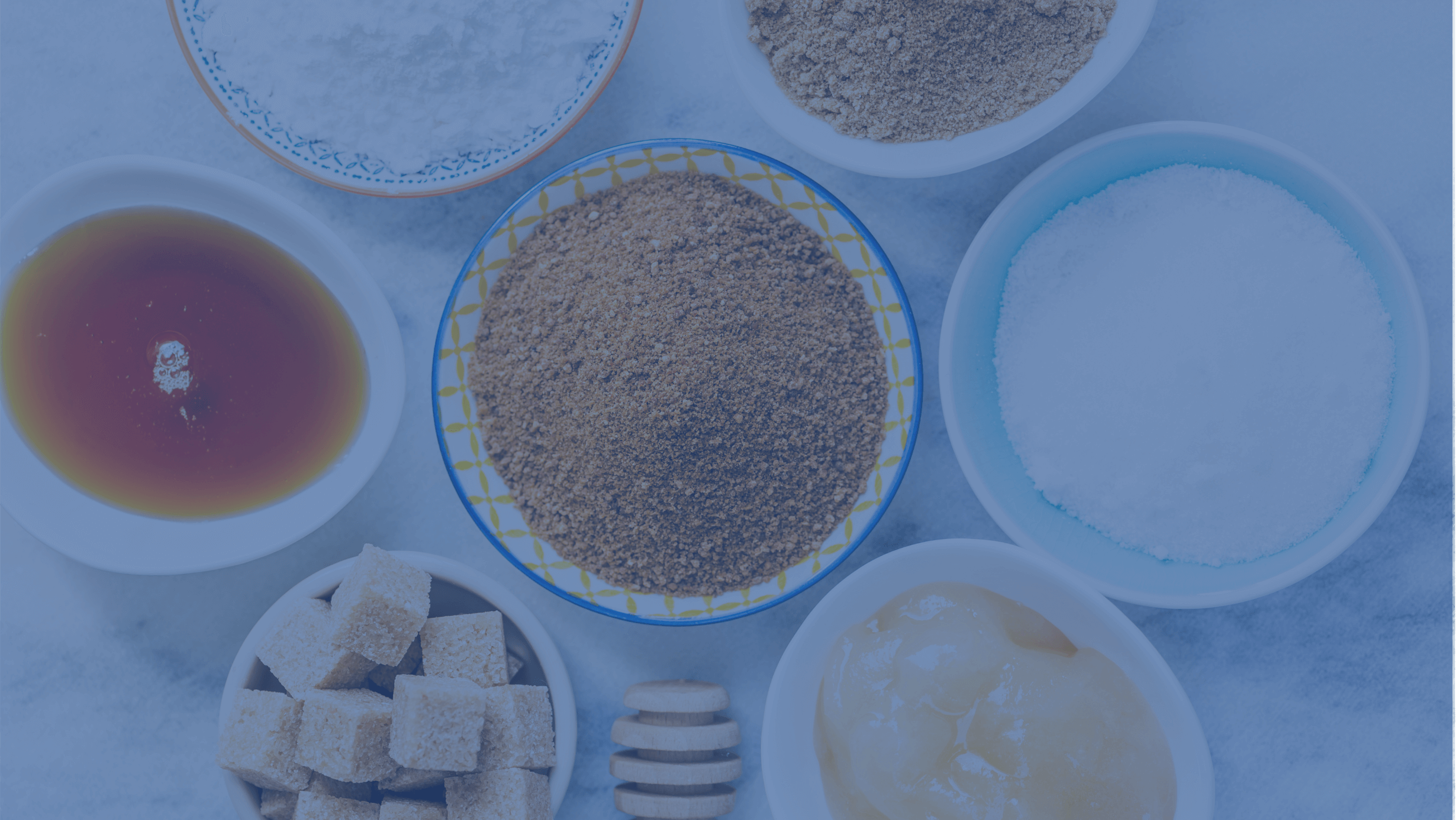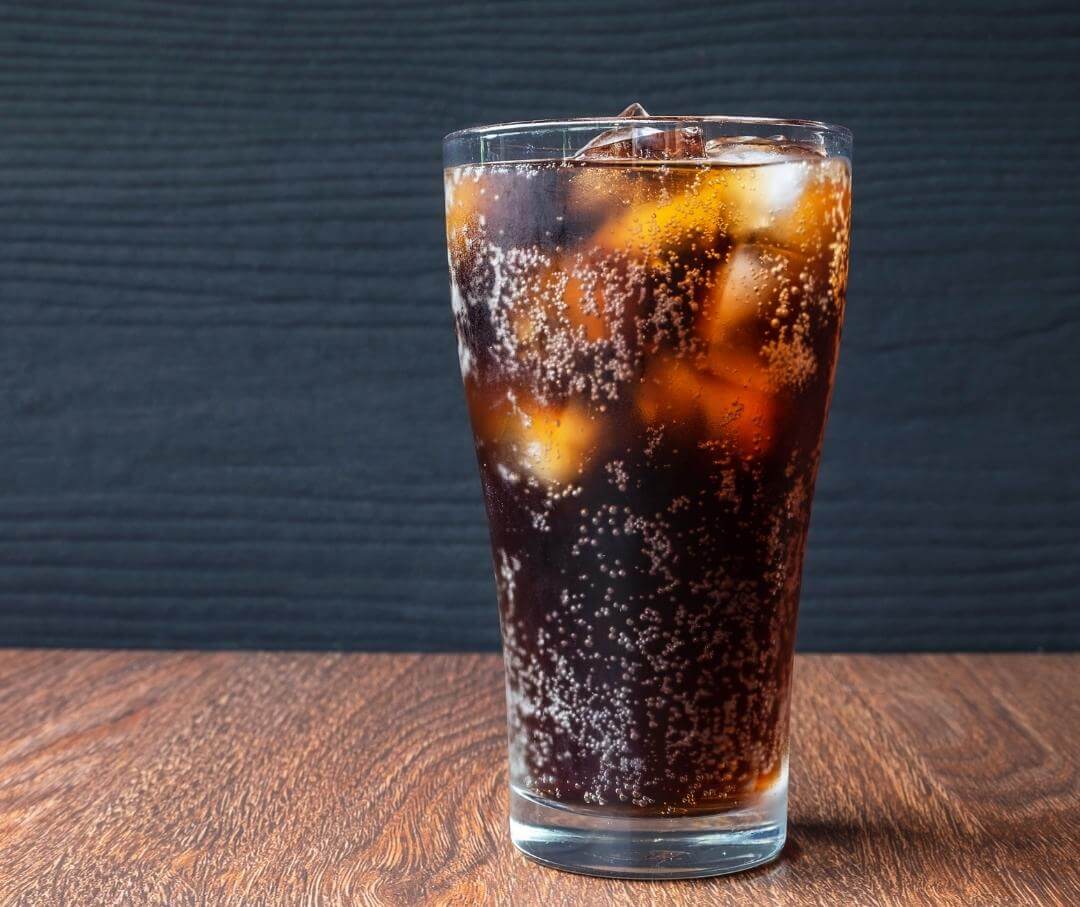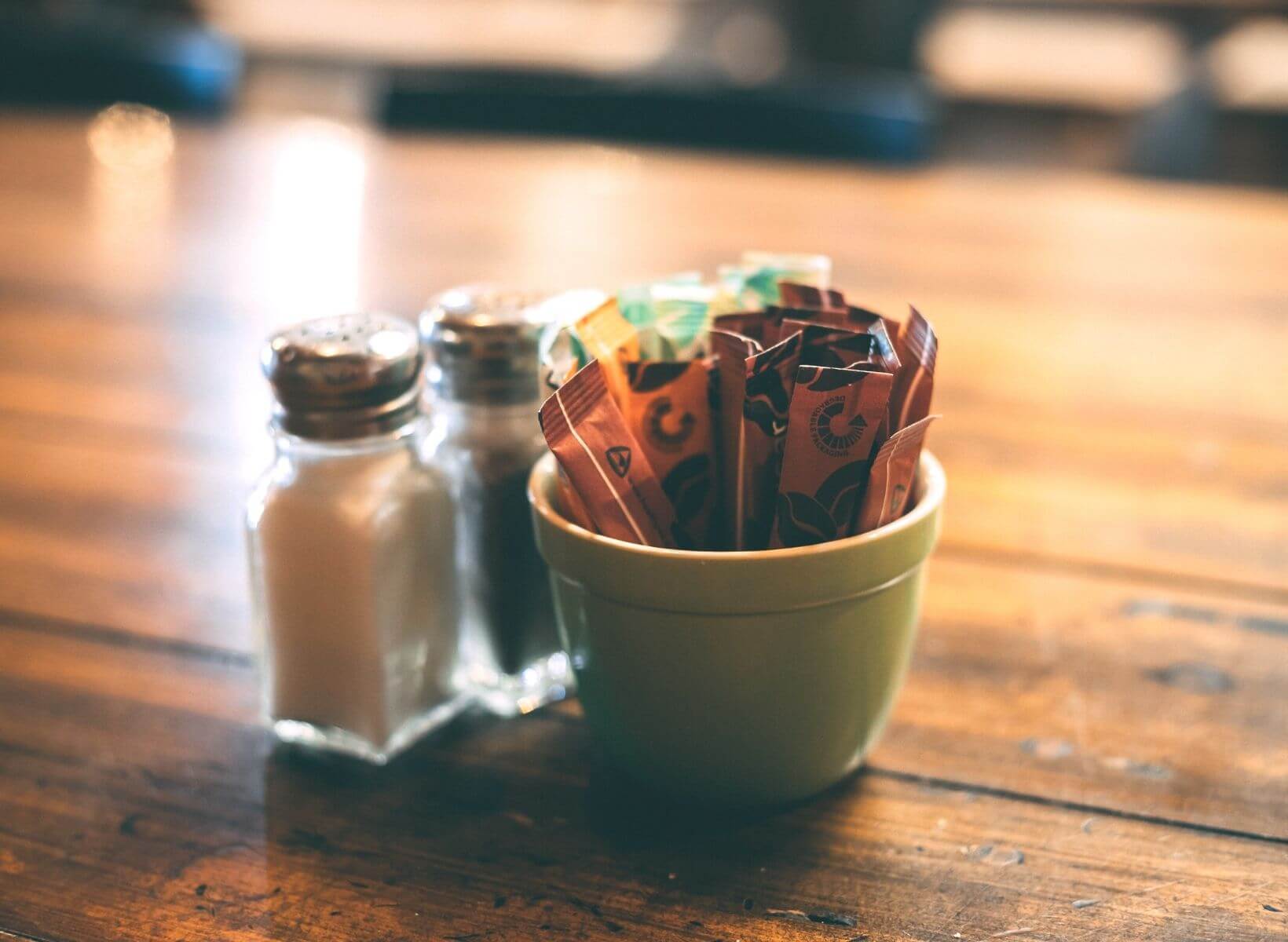Using Artificial Sweeteners Responsibly
In our second installment on artificial sweeteners, we addressed the new kids on the block, monk fruit and Allulose. In today’s post we’ll address some weight loss and health concerns when using sugar substitutes.
You might think that using a packet of Sweet-n-Low or Splenda would be a much healthier option, but existing clinical research says not so fast. A study published in the journal Diabetes Care found that individuals that consume diet soda had a 36% greater risk of developing metabolic syndrome and a 67% higher risk of developing type 2 diabetes.
Although this is an observational study, which shows correlation, but may not establish causation, there is still some concern with the association between artificially sweetened sodas and metabolic diseases.
But how could no sugar, non-nutritive sweeteners raise our glucose levels?
One possible explanation for this link with diet sodas is that some consumers will look at their shift to sugar-free drinks as a license to eat more unhealthy food, i.e. I’m drinking a diet soda so I can probably have french fries with my lunch given the calories I’m saving.
Another possible explanation is that non-nutritive sweeteners may interfere with our microbiome, or the naturally occurring bacteria in our digestive systems. A study conducted in 2015 showed that a number of artificial sweeteners tested (saccharin, aspartame, and sucralose) caused glucose intolerance in mice. The study’s authors concluded that this condition was caused by how artificial sweeteners affect our microbiome, or healthy gut bacteria.
<p class="pro-tip"><strong>Learn more about </strong> <a href="/blog/diet-soda-blood-sugar-levels">diet soda, blood sugar, and your health</a>.</p>
{{mid-cta}}
Can use of artificial sweeteners lead to other unhealthy eating habits?
Still another concern with artificial sweeteners is that they are often much sweeter than their natural counterparts. For example, Stevia and Sucralose are 300 to 700 times sweeter than sugar respectively. According to Dr. David Ludwig, an obesity specialist at Boston’s Children’s Hospital, “overstimulation of sugar receptors from frequent use of hyper-intense sweeteners may limit tolerances for more complex tastes.” The argument goes, that with that alteration in our taste-buds we might be more likely to seek out other unhealthy foods.
While sugar substitutes may have their place in our diet, we should avoid heavily processed foods that contain artificial sweeteners, and when sweetening our own beverages or using substitutes in cooking we should lean towards more natural substitutes like monk fruit and Allulose than their sugar alcohol counterparts.
What do I do if I still have a sweet tooth?
You might consider using sugar substitutes as a short-term tool to slowly reduce your sweet cravings over time. If those cravings persist, consider finding another food source such as fruit.
While you may find that some fruit will cause your blood glucose to spike, the fruits that are least likely to cause any problems are berries such as; raspberries, blackberries and blueberries. You can also experiment with other fruits like; apples, pears and stone fruits by watching your glucose levels after eating.
If you still find the need for a sweet fix, aside from non-nutritive sweeteners there’s always my go-to, dark chocolate squares, which if eaten with a high enough cacao percentage will both satisfy your cravings for sweet foods and have minimal impact on your blood sugar.
<p class="pro-tip"><strong>Learn more about </strong> <a href="/blog/sugar-and-metabolic-health">improving metabolic health if you have a sweet tooth</a>.</p>
- Item 1
- Item 2
- item 3
































